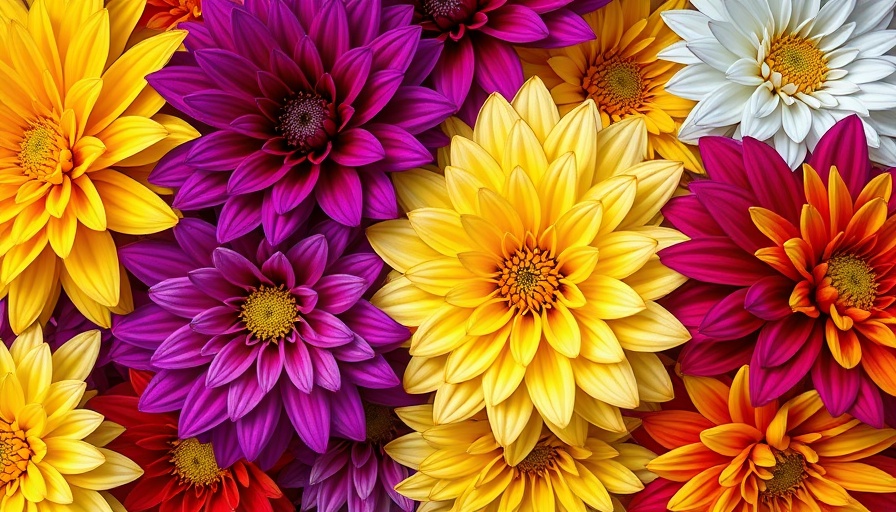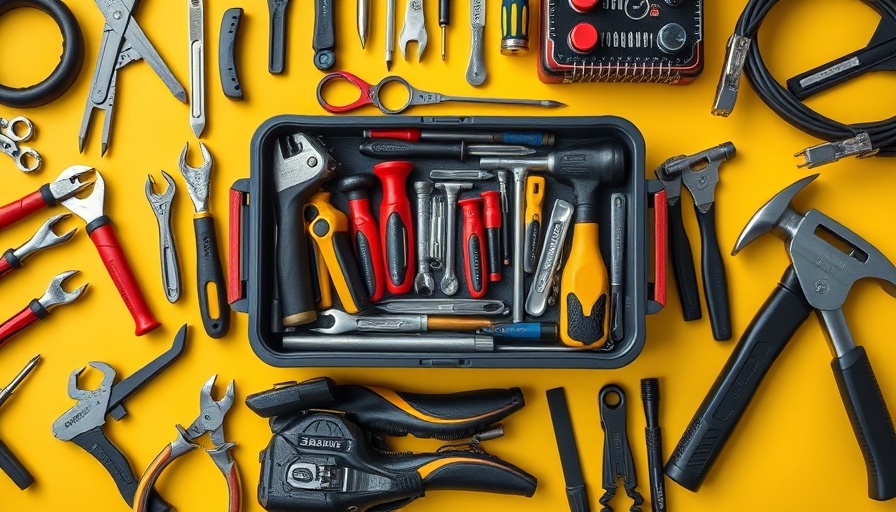
The Essential Guide to Growing Dahlias Successfully
Dahlias have long been a favorite among gardeners, celebrated not just for their stunning array of colors but also for their ability to produce up to 30 buckets of cut flowers per square meter in just weeks after planting. As gardening enthusiast and expert Sarah Raven highlights, they are among the lowest-maintenance plants that yield great rewards, particularly blooming later in the season when other flowers have faded.
Avoiding Common Dahlia Planting Mistakes
While dahlias are forgiving plants, gardeners can still make errors that hinder their growth. One prevalent mistake is planting them near slug-attracting companions like bean plants. Raven advises keeping these vibrant blooms away from delicate species that may not withstand the vigorous growth of dahlias. Geraniums, for instance, can easily be overshadowed by the rapid growth of dahlias, which can stunt their development.
Understanding Plant Companionship
When planning a dahlia garden, consider their companions carefully. Raven suggests planting them alongside strong, sturdy growers such as amaranths and sunflowers. This not only creates an aesthetically pleasing garden but also supports local wildlife. As the sunflowers ripen, they attract birds that will naturally help keep the garden pest-free by feasting on problem insects like caterpillars and slugs. On the other hand, it’s ideal to avoid pairing “whopper” dahlias with smaller flowers such as cosmos or certain types of zinnias, as their towering presence will overshadow shorter blooms.
Designing with Dahlias
Garden design is enhanced when considering the shapes and growth patterns of dahlias. To balance their round blossoms, experts recommend integrating spike-forming plants like gladioli. This addition creates visual contrast, offering both height and structure within the garden layout.
Essential Planting Tips for Successful Growth
For optimal growth, the approach to planting dahlias is crucial. Raven emphasizes the importance of starting tubers indoors in mid-spring, ensuring they reach a good height of 6-8 inches before being transferred outdoors. This practice helps protect young, soft shoots from potential pests and the unpredictable frost of early spring. By maintaining a frost-free environment for initial growth, gardeners can significantly increase their success rate.
The Environment’s Role in Dahlia Growth
Climate conditions can greatly impact the health of dahlias. Understanding local environmental factors such as sunlight, moisture levels, and temperature can help refine planting strategies. Dahlias flourish best in well-drained soils with plenty of sunlight. Additionally, implementing a composting strategy can enrich the soil and provide essential nutrients necessary for robust growth.
Final Thoughts on Dahlias
As we see a rise in interest in gardening, particularly among younger generations, it’s vital to arm ourselves with the right knowledge. Dahlias are a splendid choice for those looking to add vibrant color and life to their gardens—provided they’re planted with care. With their relatively low maintenance needs, high flower yield, and ability to attract pollinators, dachshund blooms can be a focal point in any garden design. Armed with these insights, it’s time to get planting and enjoy the stunning results that dahlias can bring!
 Add Row
Add Row  Add
Add 




Write A Comment